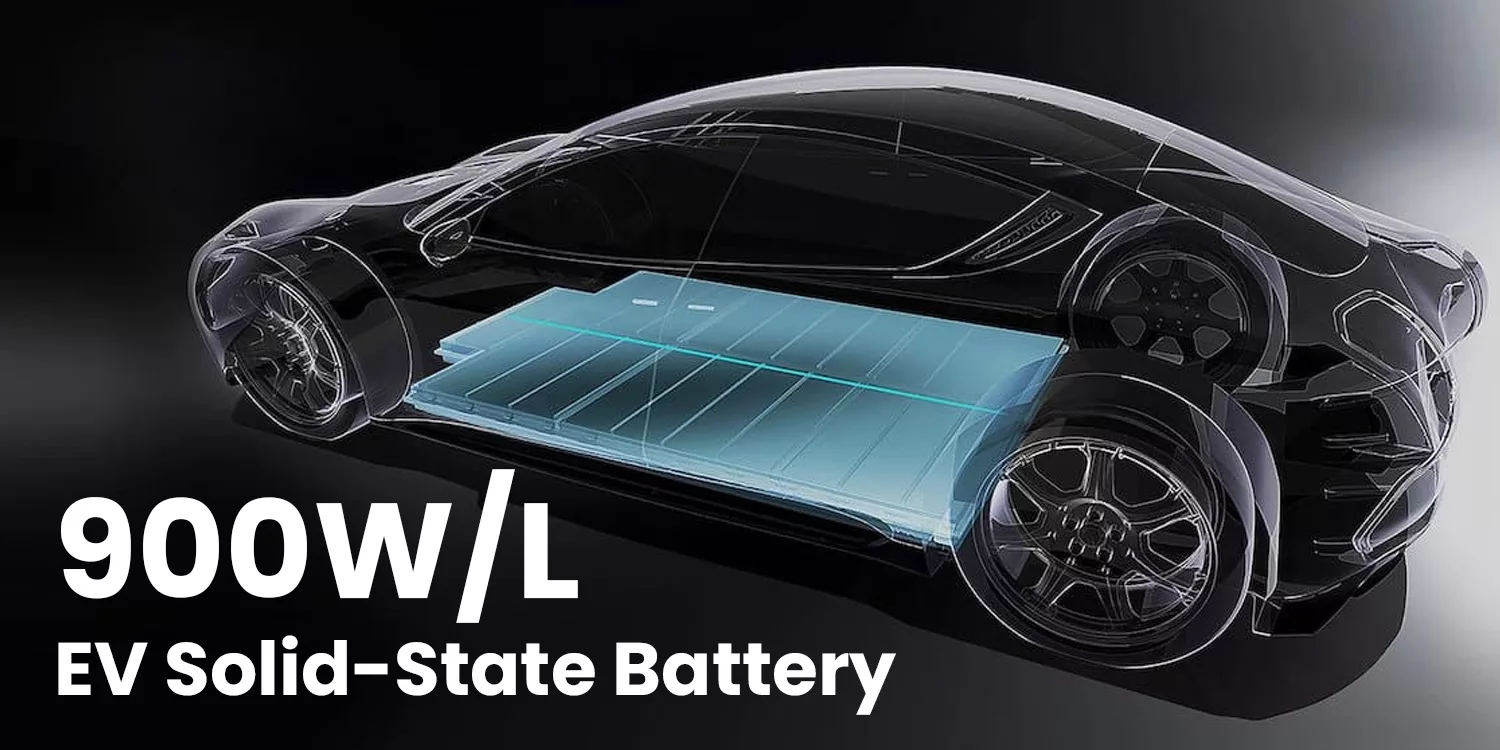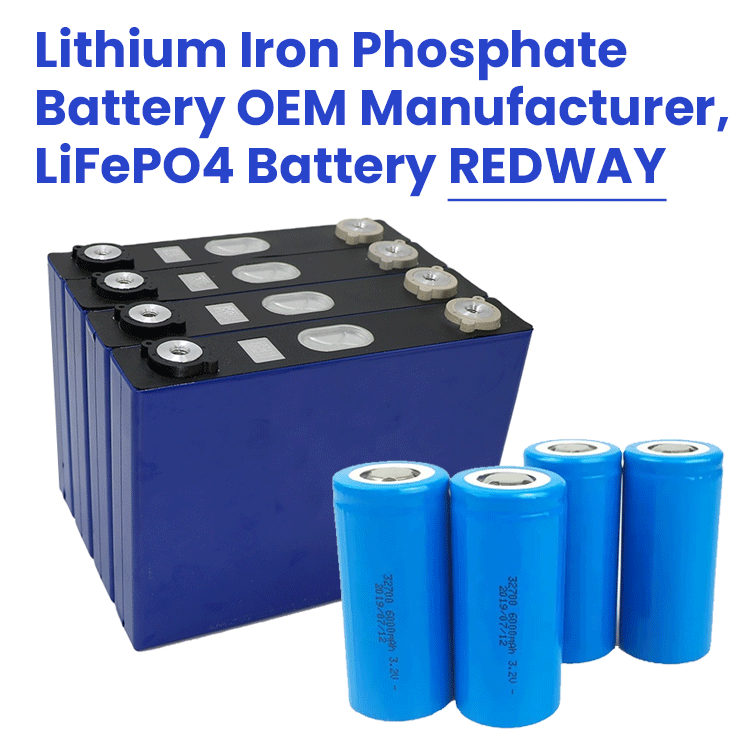Solid state batteries are emerging as a pivotal innovation in the realm of energy storage, promising to revolutionize technologies from electric vehicles to portable electronics. As the demand for more efficient, durable, and safer batteries continues to rise, solid state technology is increasingly becoming a focal point of research and investment. This guide delves into the mechanics, benefits, and current state of advancements in solid state battery technology, offering a clear contrast with traditional lithium-ion batteries.
Solid State Battery Technology
Definition and Principles of Solid State Batteries
Solid state batteries use a solid electrolyte instead of the liquid or gel polymer found in traditional lithium-ion batteries. This fundamental change in material science not only enhances the safety of batteries by eliminating flammable liquid components but also allows for higher energy densities and more compact designs.
Advantages Over Traditional Lithium-Ion Batteries
Solid state batteries offer several advantages over their lithium-ion counterparts:
- Enhanced Safety: With solid electrolytes, the risk of leakage and fire is significantly reduced.
- Increased Energy Density: Solid state batteries can store more energy per unit volume, making them ideal for space-constrained applications.
- Longer Lifespan: They are less prone to degradation over time compared to batteries that use liquid electrolytes.
Recent Advancements and Breakthroughs in Solid State Battery Research
The field has seen significant breakthroughs recently, with improvements in material compatibility and manufacturing techniques. Companies and research institutions have developed novel solid electrolytes that are more conductive and more easily integrated into existing battery architectures, pushing the technology closer to commercial viability.
Understanding Solid State Electrolytes
Explanation of Solid State Electrolytes and Their Role in Battery Technology
Solid state electrolytes are the core component that differentiate these batteries from their predecessors. They facilitate the movement of ions between the cathode and anode without the need for a liquid medium, which can lead to improved thermal stability and reduced battery degradation.
Types of Solid State Electrolytes and Their Characteristics
- Polymer-based Electrolytes: Flexible and easier to fabricate but have lower ionic conductivity compared to other types.
- Ceramic-based Electrolytes: Offer higher ionic conductivity and stability but are more brittle and challenging to manufacture.
- Composite Electrolytes: Combine polymers and ceramics to balance conductivity with mechanical properties.
Benefits and Challenges Associated with Solid State Electrolytes
While solid state electrolytes offer numerous benefits like improved safety and efficiency, they also present challenges such as higher costs and complex manufacturing processes that must be overcome for widespread adoption.
Comparative Analysis with Traditional Lithium-Ion Batteries
Overview of Traditional Lithium-Ion Battery Technology
Lithium-ion batteries have been the standard in portable energy storage for decades, prized for their reliability and efficiency. However, issues such as safety concerns and limited energy density prompt the search for alternatives like solid state batteries.
Contrasting Features and Performance Metrics Between Solid State and Lithium-Ion Batteries
Solid state batteries generally offer better performance in terms of energy density and safety. However, they currently face hurdles in cost and scalability that lithium-ion technologies have largely overcome.
Real-world Applications and Implications of Adopting Solid State Battery Technology
The adoption of solid state batteries could significantly impact industries like automotive, where increased energy density translates to longer driving ranges for electric vehicles without increasing the battery size.
Conclusion
The development of solid state batteries represents a major leap forward in battery technology. With ongoing research and gradual overcoming of manufacturing challenges, they are poised to play a crucial role in the future of energy storage, powering everything from next-generation consumer electronics to electric vehicles. As this technology continues to mature, it could lead to significant shifts in industries reliant on energy storage solutions.
By providing a comprehensive view of solid state battery technology, its advancements, and its comparison with traditional lithium-ion batteries, this guide aims to equip readers with a deeper understanding of this exciting field. As we look to the future, the potential for solid state batteries to revolutionize energy storage is both immense and inspiring.





